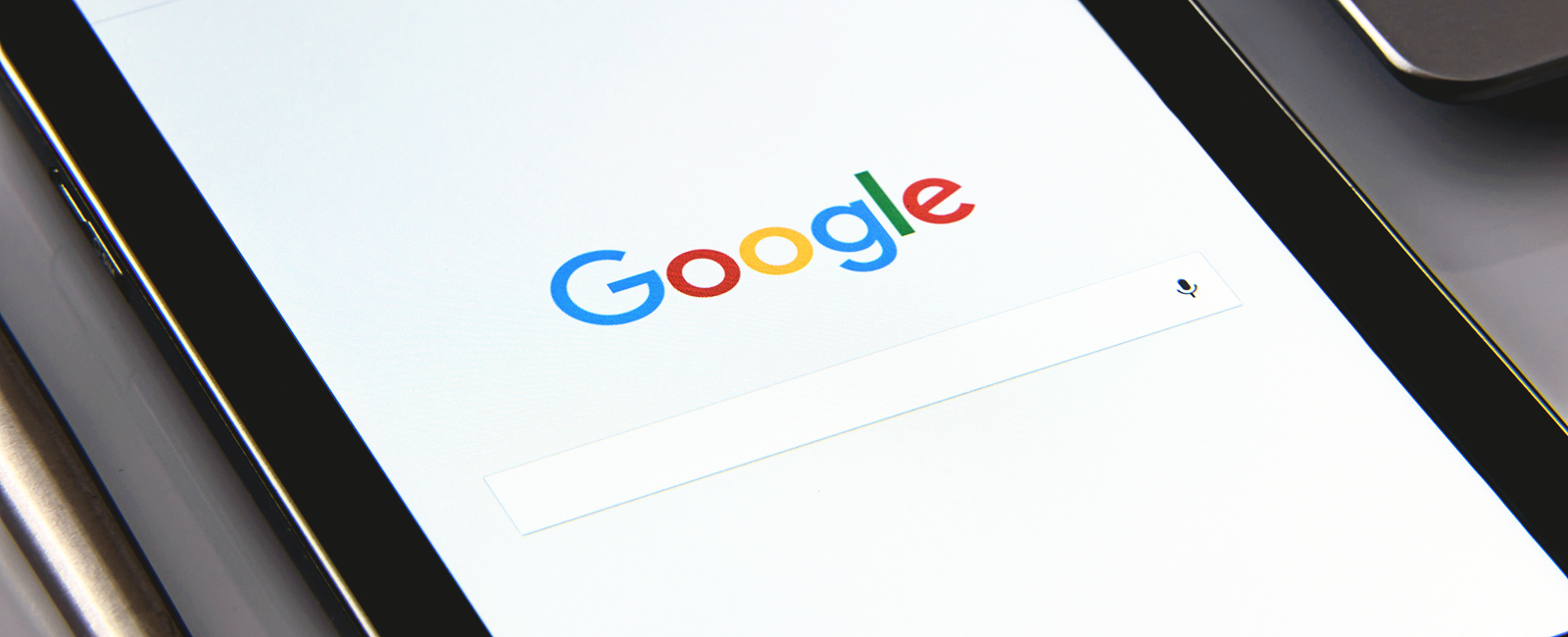|
Of the billions of people that shop on the internet worldwide every day, few of them have any real intention of buying something.
Startlingly few, in fact. Just about 8% of online shoppers are high-intent shoppers. That means they're consumers with specific items in mind and a genuine intention to purchase them. The other 92% are just browsing.
0 Comments
Managing ecommerce inventory for your online store is likely the most important aspect of your business after generating sales.
Because, while sales equal revenue, proper ecommerce inventory management ensures those sales can be fulfilled accurately and in a timely manner. Think of some of the most iconic brands in the world — Apple, McDonald's, and Starbucks, for example.
Products aside, what’s the one thing that each of these brands has in common? A niche. Having great products won’t get you very far if nobody knows about them.
How about marketing your products to the right shoppers at the time they are most likely to purchase? That is the power of ecommerce advertising with Google Shopping Ads! You may already know that Google Shopping campaigns are a great way to increase your sales. The premise is revolutionary yet simple: Google promotes your products directly to high intent shoppers who are likely to make purchases at your store.
Being a newer feature of Google retail, ecommerce experts would say that Smart Shopping campaigns are even more effective than standard Google Shopping campaigns. As an ecommerce store owner, it can be difficult to understand who your customers are because, most often, your customer engagements are simply numbers on a screen. You know how many visitors your site receives, how many carts are abandoned, and how often those carts lead to sales (also known as your sales conversion rate).
But it’s less clear who the individual shoppers are, and, more importantly, what motivates them. Well, know this: much in the same way each individual has a distinct personality, each visitor to your website is a different type of online shopper making each type valuable to your business in its own way. We’ve all been there.
You’re browsing the website of your favorite store, see an item you like, and impulsively add it to your cart. A couple of seconds later, your mind changes. Maybe you check your bank account and decide the price tag is too high. Or maybe you just get distracted and no longer feel compelled to purchase anything. So you leave the website, forever abandoning that little cart you started. You’re not the only one. Millions of carts are abandoned all across the world wide web every day. Why? Because shoppers are fickle: they’re often influenced by moment-to-moment emotions when making purchases. And while leaving products behind in a cart is no big deal for most shoppers, it’s a major annoyance for online retailers. |











